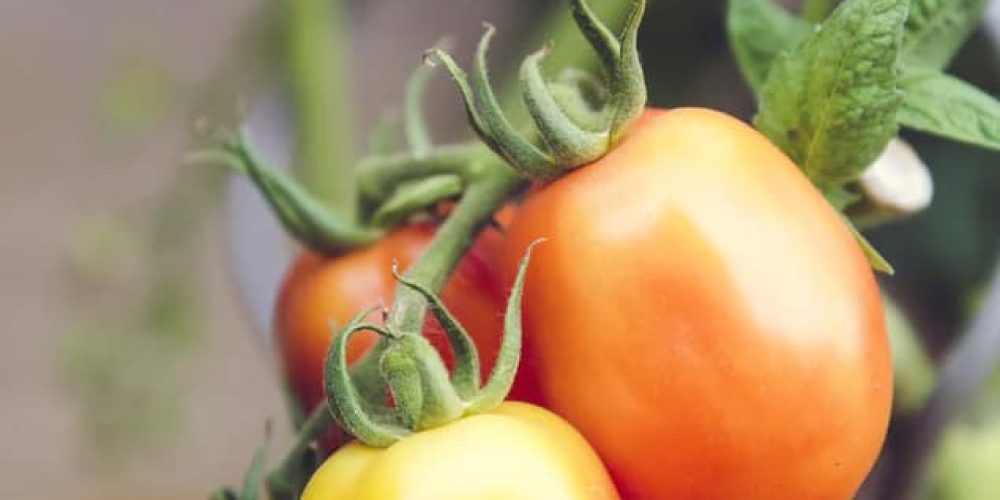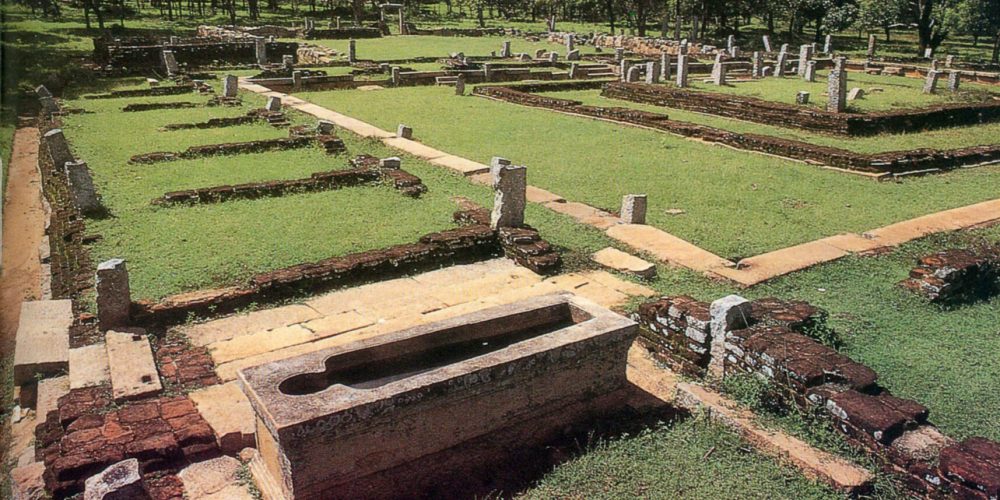Journey of Traditional Medicine in Sri Lanka




Sri Lanka boasts a rich heritage of indigenous traditional medicine, deeply rooted in a system that has endured for millennia. The formal instruction of these ancient healing practices commenced in 1929, under the auspices of the state, at what is now recognized as the Faculty of Indigenous Medicine within the esteemed University of Colombo.
Over the course of 3,000 years, Sri Lanka has cultivated its own Ayurvedic medical tradition, drawing from a wealth of ancestral knowledge passed down through generations. This unique system, founded upon a comprehensive series of time-honored prescriptions, owes its resilience and longevity to the enlightened stewardship of the country’s ancient monarchs, many of whom were notable practitioners in their own right.
Sri Lanka proudly lays claim to being the trailblazer in establishing dedicated hospitals capable of conducting surgeries, a feat extended even to the care of animals. Nestled within the majestic peaks of Mihintale, the remnants of what many regard as the world’s inaugural hospital still endure, serving as a poignant testament to the island’s pioneering healthcare heritage. Today, these historic hospital sites have evolved into prominent tourist attractions, drawing visitors from far and wide to marvel at their ancient significance.
Renowned for its unparalleled biodiversity, Sri Lanka stands as a veritable treasure trove of botanical wonders. With an impressive array of approximately 4,000 flowering plant species adorning its landscapes, the island nation is a testament to nature’s boundless diversity. Notably, a remarkable 24% of these species, totaling around 927, are exclusive to Sri Lanka, exemplifying the country’s rich endemism. Moreover, a staggering 1,430 plant species are recognized for their invaluable medicinal properties, highlighting the profound interplay between nature and healing within Sri Lanka’s abundant ecosystems.
